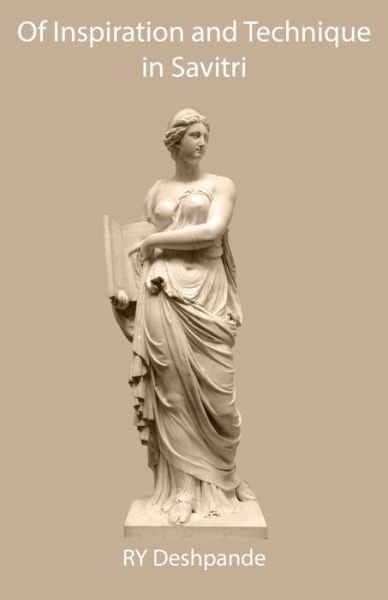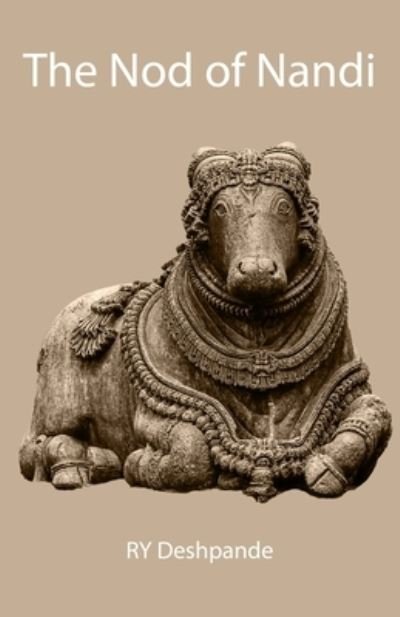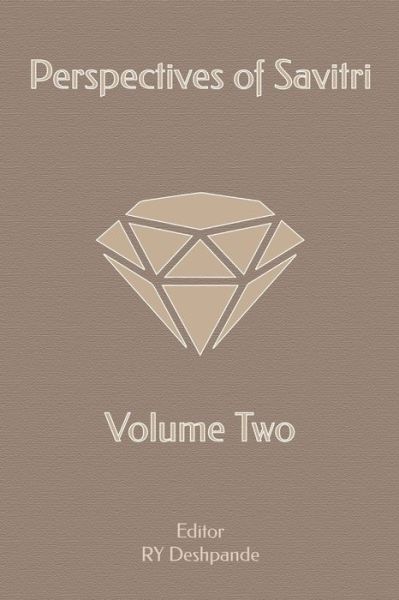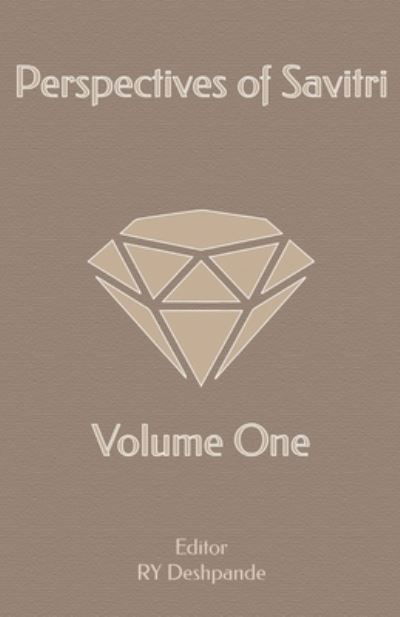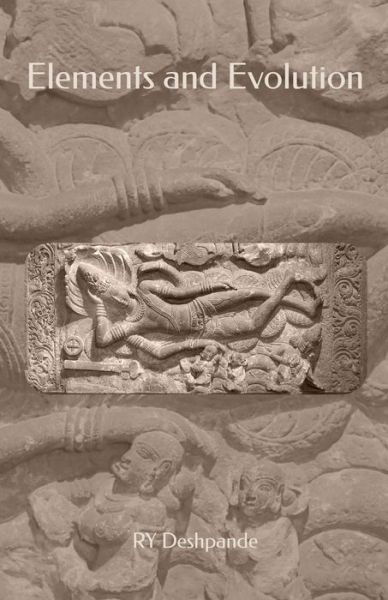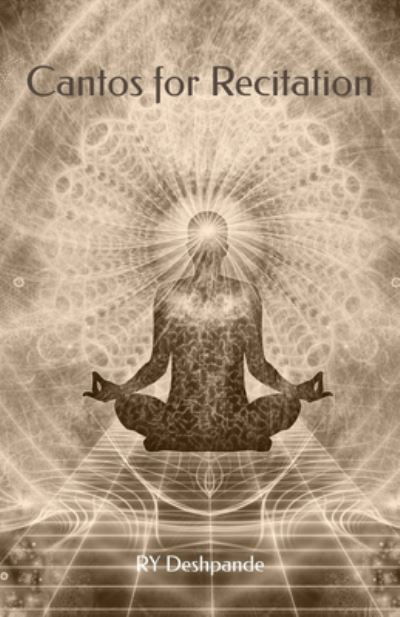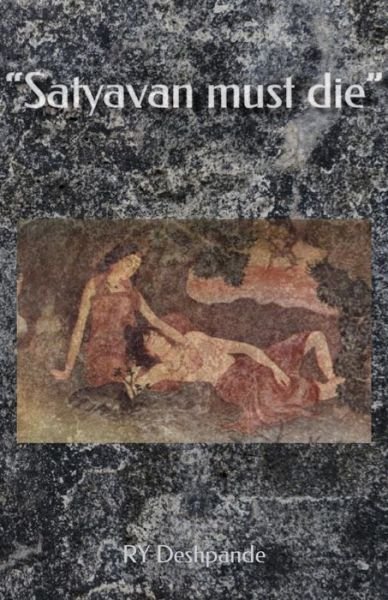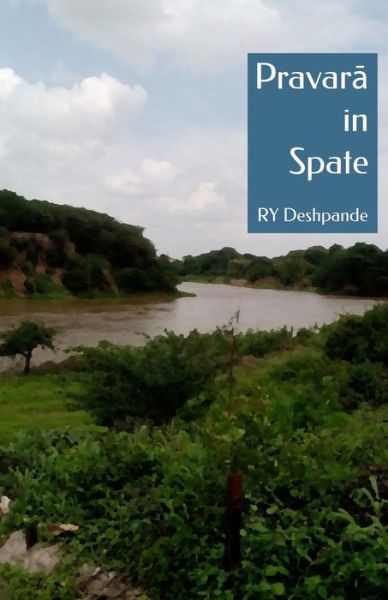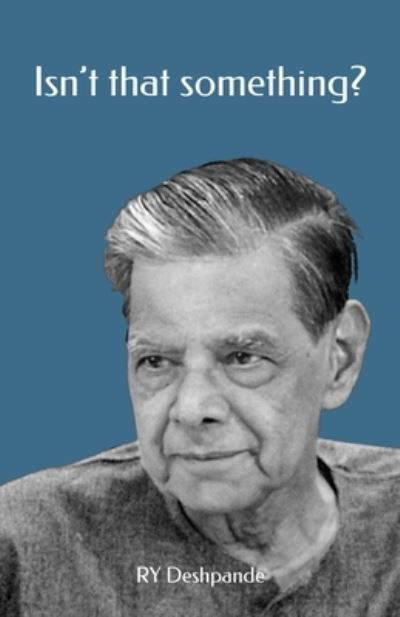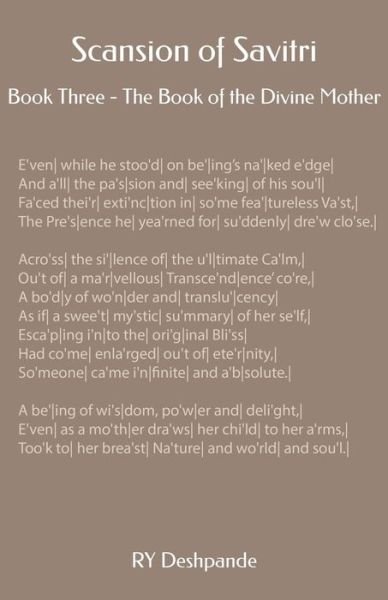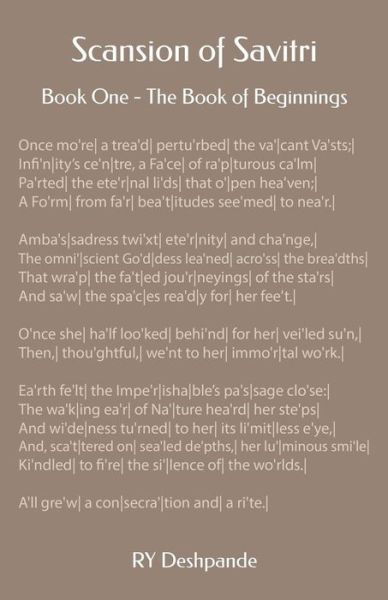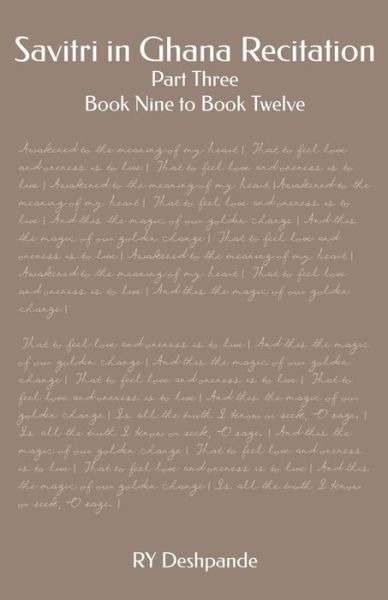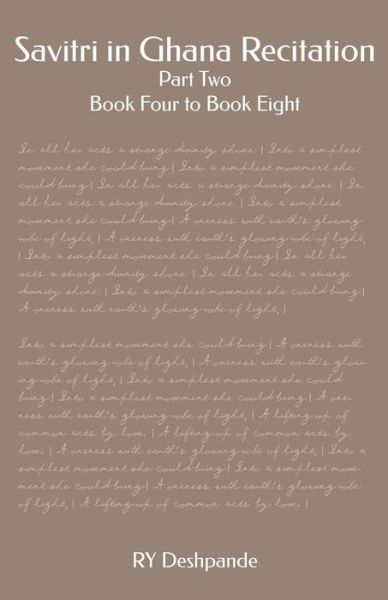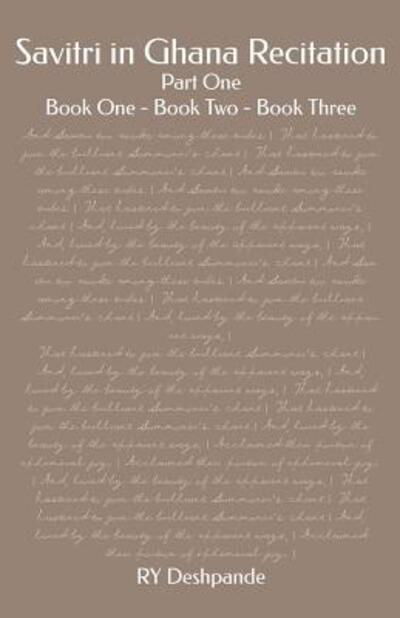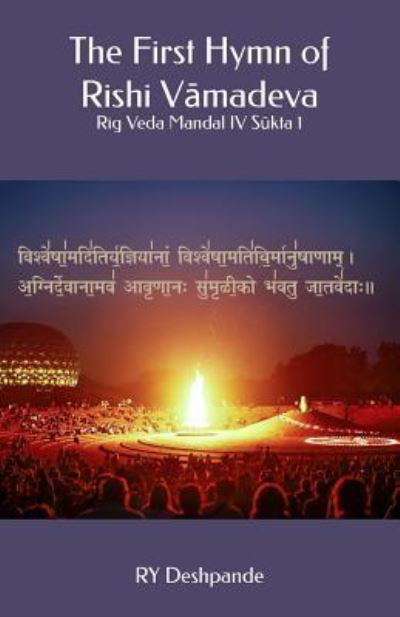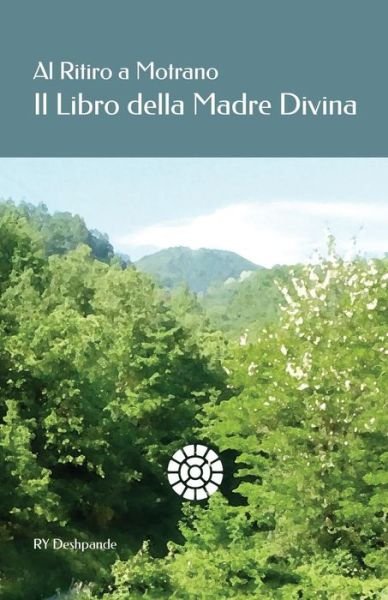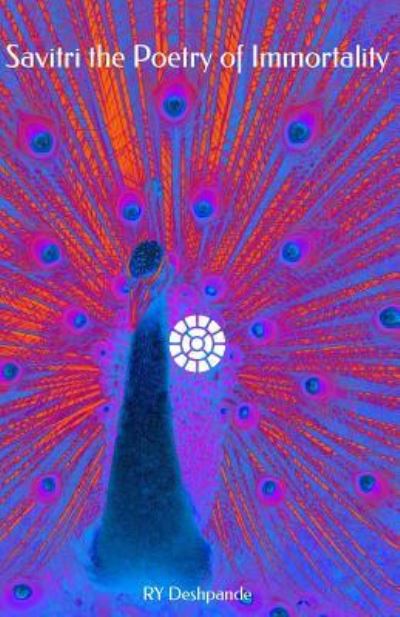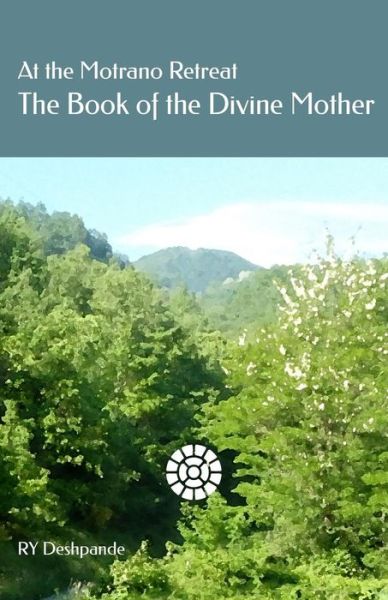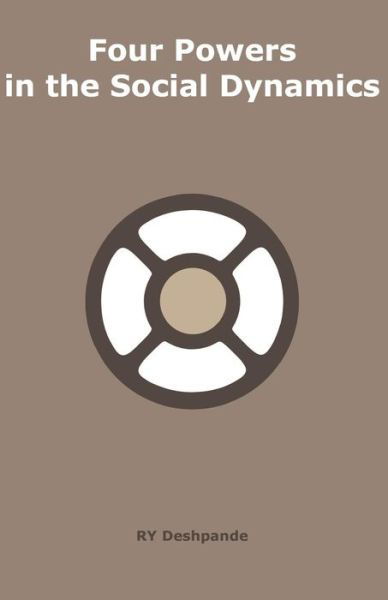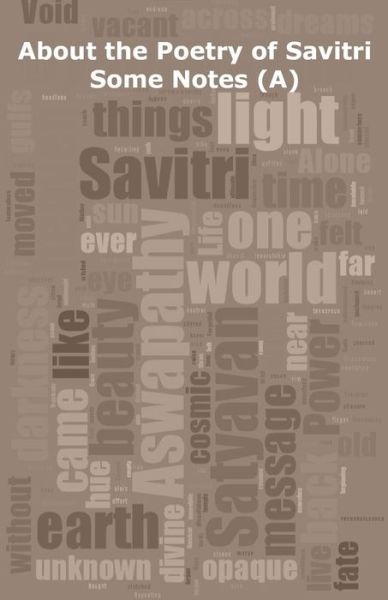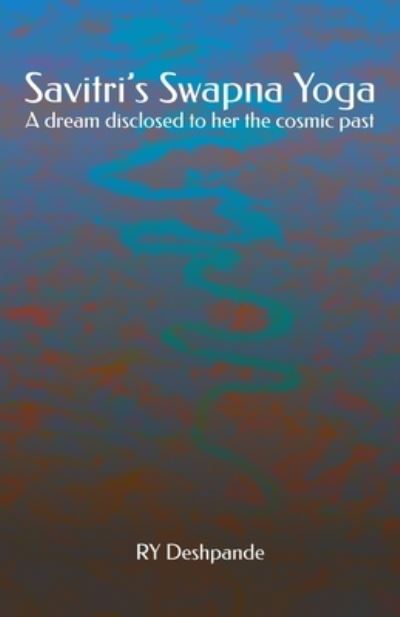
Vertel uw vrienden over dit artikel:
The Birth of the Sun-God
Ry Deshpande
The Birth of the Sun-God
Ry Deshpande
Here is an attempt to present Sri Aurobindo's epic Savitri in brief stanza-like cantos each with just twelve lines. This may sound terribly atrocious but if condensation can become dense and luminous, like a diamond, the gain could be ours. A word or a phrase lit with the spirit's glow and power can sparkle out in countless directions, grains of fire or else jewel-like intensities to see which only an intuitive sight is needed. Savitri is a poem written in pentametric blank verse form, mostly with end-stopped lines, running almost to twenty-four thousand in number. Divided into twelve books, as was the tradition for a classical epic, it has forty-eight cantos plus an epilogue. Part I consisting of the first twenty-four cantos was published in September 1950, just a couple of months before Sri Aurobindo's passing away in December of that year; Part II and Part III as a single tome comprising of the remaining twenty-four cantos and the epilogue appeared in May 1951. The poet spent a number of years in completing the composition, more than thirty years though with some long gaps in between. He also took Savitri as a means of "ascension" towards a higher and more perfect truth experienced by him spiritually. It is an expression of the realised sovereignty itself and hence becomes most valuable. Even in its outward character it is encyclopaedic. Therefore to think of putting such a voluminous work in scarcely six hundred lines could be a misadventure, a perilous task fully loaded with the question if this should be done at all. The comprehensive epic possesses simultaneously several dimensions and yet moves easily through region after incandescent region with remarkable swiftness. Also, it was planned and executed with great artistic care, with the essential "power of architectural construction", with detail piled upon wonderful detail, elaborate construction which maybe called Victorian, a Westminster Palace, never minimalistic with just two birds sitting on a long electric cable with no poles visible anywhere nor anything around them. So to compress it by a factor of forty is to tell stories, bad stories, if not to badly desecrate the magnificence of its structural design. More serious objection will be the want of spiritual authenticity when we are not in touch with the truth of inspiration behind it, that of the original creation. It will be presumptuous on our part even to speak of fidelity to the text charged as it is with yogic and occult abundances. Sri Aurobindo considered Savitri as his main work in the context of his great objective. It is not only the record of a seeing; it is also a supreme revelation of his evolutionary vision and its realisation. In its literary aspect it is the Vedic word or the mantra itself. It is "the voice of the rhythm which has created the worlds." Its supremacy is such that it becomes a happy chariot speeding the Rishi on the ascending slopes of heaven. It could also become a vehicle of awareness and fulfilment for the seeker-souls in their quest towards the great truth, mahadsatyam. About it Sri Aurobindo says that it is a word of power born out of the secret depths of our being and is brooded upon by a deeper consciousness. In it one has the sense of a rhythm coming from infinity and rushing to infinity, a rhythm which "has for ever been sounding in the eternal planes and began even in time ages ago and which returns into the infinite to go sounding on for ages after."
| Media | Boeken Paperback Book (Boek met zachte kaft en gelijmde rug) |
| Vrijgegeven | 25 juni 2020 |
| ISBN13 | 9798656976930 |
| Uitgevers | Independently Published |
| Pagina's | 158 |
| Afmetingen | 140 × 216 × 9 mm · 208 g |
| Taal en grammatica | Engels |


